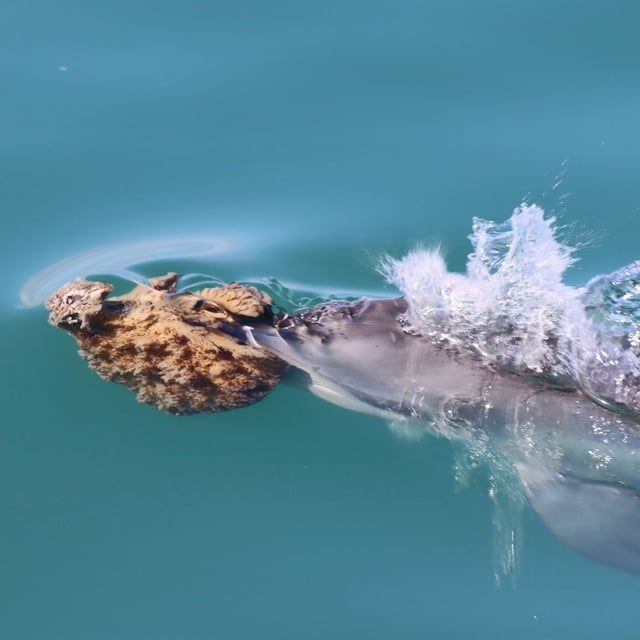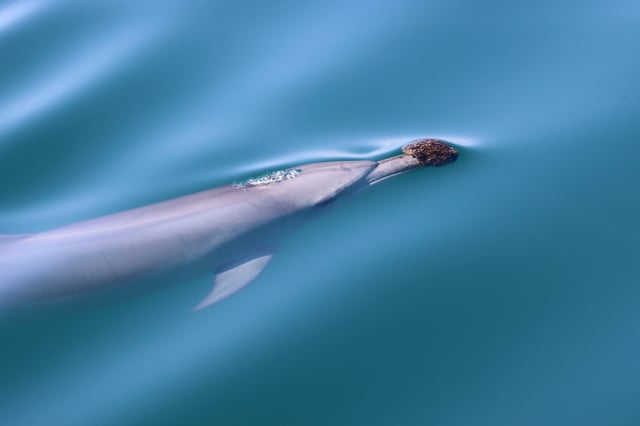Overview
- Researchers used CT scans and computer models to simulate how marine sponges distort dolphin echolocation clicks during foraging.
- The study found that sponges muffled and scattered sound waves but that experienced dolphins learn over several years to adjust their acoustic navigation.
- Only about 5% of Shark Bay’s bottlenose population—roughly 30 dolphins—employ sponge-assisted foraging, underscoring the skill’s rarity.
- Despite sensory challenges, sponge-using dolphins achieve high fish-capture efficiency by compensating for altered echolocation.
- The behavior remains exclusively matrilineal, with calves spending three to four years learning the technique from their mothers.

